Join the author, Néstor T. Carbonell, as he shares a critical analysis of the Castro-Communist regime and explores the challenges and opportunities that will likely arise when freedom finally dawns in Cuba.
CHAPTER 9: Eyeball-to-Eyeball: Who Blinked? (October – December 1962)
Even then, there was no mention of the dual-use short-range launchers known as Luna (FROG) and some one hundred tactical nuclear warheads on the island. It seems that the Pentagon and US intelligence agencies were unaware that they had been deployed. Fortunately, Mikoyan felt uneasy leaving the tactical nuclear warheads in Cuba, even under Soviet supervision, so they were quietly withdrawn on December 1 on the ship Arkhangelsk.
What became a very serious bone of contention, which almost reignited the crisis, was the removal of the IL-28 bombers and their nuclear payloads. President Kennedy did not mention the bombers in the October 28 agreement and voiced not to get “hung up” over them. Pressed by the Pentagon and other members of the Ex Comm, however, he subsequently decided to raise it as a make-or-break issue.
Khrushchev strongly objected, arguing that the bombers had been deployed to Cuba for defensive purposes and their removal had not been part of the agreement. Given the impasse, Kennedy softened the demand, indicating that if the Soviet premier promised to remove the bombers in one month, he would take his word and lift the blockade. This message was relayed by the attorney general through his back channel (Bolshakov) and via Ambassador Dobrynin.
Khrushchev offered two counterproposals. The first of these was a commitment that the bombers would be flown by Soviet pilots only. (This idea was originally suggested by the Kennedy brothers, who subsequently withdrew it.) The other alternative was a private gentlemen’s agreement a la the Turkey deal with a promise to withdraw the IL-28’s when, in Moscow’s judgment, “the time was ripe to remove them.” The president rejected both options and reiterated that he would accept Khrushchev’s promise with a thirty-day timetable.
To press the Soviet premier for a quick, positive answer to his proposal, the president set a deadline November 20, the date scheduled for a White House press conference on Cuba. If this veiled ultimatum did not produce the desired result, the Ex Comm recommended the tightening of the blockade in the first instance and the bombing of the IL-28’s and other targets as a last resort. Although the president was determined to avoid military action in Cuba, he authorized, as a rehearsal for a possible invasion, a two-day amphibious exerciseóthe largest since World War IIóat Onslow Beach, North Carolina.
The pressure worked. At Mikoyan’s insistence, Castro reluctantly accepted the removal of the IL-28 bombers, and Khrushchev promised to ship them back to the Soviet Union within one month. Relying on that assurance, which was honored, the president announced during his November 20 press conference that he was ordering the lifting of the blockade. This formally ended the Cuban Missile Crisis with the United States seemingly in the driver’s seat.
The Unsettling Aftermath
According to most historians and analysts of the Cuban Missile Crisis, Khrushchev blinked during the eyeball-to-eyeball confrontation with Kennedy and withdrew the Soviet strategic missiles and bombers from Cuba in exchange for a US pledge not to invade the island and withdraw US missiles from Turkey (and apparently also from Italy). The president’s performance was viewed by many as “his finest hour,” and he was praised for his firmness and prudence in the face of grave danger and for his mastery of Cold War statecraft.
Although the unvarnished historical record does not fully support the glorification accorded the president, the hype caught on. Thanks mainly to the public relations skills of the administration’s spinmeisters, and to the sanitized account of the Missile Crisis published by the attorney general and by other cabinet members and White House advisers, Kennedy largely escaped censure for his belated response to the Soviet military buildup in Cuba and for allowing Moscow to keep the strategic base in the Caribbean, a base that became the springboard for Communist subversion in several parts of the globe.
Still, the president was concerned about press reports and leaks, which could tarnish his image. At the meeting of the Executive Committee of the National Security Council on November 20, he asked, “How, can we, control such reports, and how, can we, deal with them publicly?” He was referring to various articles on the Missile Crisis, particularly the one written by James Daniels in Reader’s Digest, which alleged that the administration refused to accept reliable information on offensive missiles in Cuba prior to October 22.
Considering the potential political risks posed by snooping journalists, the president decided that “all press contact with feature writers should be confined to Mr. Bundy and the Attorney General, and that our respective organizations should be advised not to discuss any details of Administration activity in August, September, and October [1962] with such feature writers.”
Apart from these steps to control or vet the narrative, the Kennedy administration benefited from the fact that the minutes and tape transcripts of the White House discussions during the Missile Crisis, including those documents that cast a shadow on the president’s performance, remained classified for many years. As a result, the administration’s version of events was by and large accepted at face value with few refutations.
It was only in 1996, when the State Department declassified the minutes of the 1961-63 meetings of the National Security Geuncil, that we got a clearer picture of what went on behind closed doors. We learned, among other things, that the Joint Chiefs of Staff had urged Kennedy not to lift the blockade before the Soviets withdrew from Cuba all of their troops and lethal armaments (not just the offensive missiles and bombers).
Displaying considerable foresight, they had warned the president on November 16, 1962, “When the extent of this military presence in Cuba is known and the weapons systems remaining in Soviet hands are thoroughly appreciated, it will be clear to the Western Hemisphere that it has indeed been invaded and remains invaded by the Soviet Union. Sadly, their warning was not heeded.
The continued Soviet military intervention in Cuba, however, did not mar the president’s standing in the United States. As reflected in his approval rating post-Missile Crisis, US public opinion gave Kennedy a thumbs-up. Not so our NATO allies. During the meeting of the National Security Council held on November 19, Undersecretary of State George Ball reported that “he was surprised at the unanimous [NATO] reaction that we had let the Russians off too easily and had not demanded the elimination of the Soviet base in Cuba.”
West Germany was mystified by Washington’s delayed and halfway response to the Soviet threat in the Caribbean, even though the German intelligence service, relying on their agents on the island, had alerted the CIA to the shipment of Russian strategic missiles to Cuba as early as September.
But the NATO ally who seemed more upset and alarmed by the implications of the superpower settlement was General Charles de Gaulle, who had given Kennedy his total support to confront the Russians in Cuba. He decried the leaked Turkey-for-Cuba missile swap struck behind NATO’s back and reproached Kennedy’s tacit acceptance of the Soviet Union’s continued military involvement in Cuba post-Missile Crisis.
In April 1963, the Revue Militaire d’Information, regarded as the most authoritative publication issued under the aegis of the French Defense Ministry, denounced that “there was … indeed an agreement between the great powers on the ‘demissilization’ of Western Europe,an operation evidently demanded by the Soviets in return for their own nuclear disengagement in Cuba.
“Western public opinion was tricked,” the publication declared. “Under the pretext of modernizing the armaments of Turkey and Italy with seagoing Polaris missiles, the United States has cleverly disengaged itself from mainland Europe.”
Kennedy’s pledge to remove the Jupiter missiles from Turkey and not to invade Cuba certainly had a profound effect on General de Gaulle. According to journalist C. L. Sulzberger, the French leader years before had told then vice president Richard Nixon, “As the Soviet Union develops the capability to strike the cities of North America, one of your successors will be unwilling to go to nuclear war for anything short of a nuclear strike against North America.
“For the general,” noted Sulzberger, “this analysis was confirmed by the 1962 Cuba confrontation. Once the Russians had nuclear-tipped rockets emplaced in the Caribbean, they agreed to remove them only when US missiles were withdrawn from Turkey and if Washington promised to leave Castro alone. De Gaulle reasoned: ‘If the Americans will not fight for Cuba, 90 miles away, I must draw conclusions from this.’” And as Sulzberger pointed out, “These conclusions included a weakened NATOóof which France is now a ‘yes, but’ partner” (a partner which, under de Gaulle, opted to develop its own nuclear force de frappe).
Within our continent, numerous Latin American presidents, particularly those under Castro-Communist fire in Central America, were deeply disturbed by Kennedy’s unconditional no-invasion-of-Cuba pledge, coupled with the assurance he gave Khrushchev that he was “confident that other nations of the Western Hemisphere would be prepared to do likewise.” The leaders south of our border feared that the pledge would effectively bind them without their consen and would force Washington to accept and even safeguard the permanence of a Soviet-backed totalitarian regime in Cuba.
President Villeda Morales of Honduras, expressing his views and those of his neighbors, publicly reminded the White House that “it is absolutely essential to win the battle of Cuba that battle cannot be considered ended with the mere withdrawal of Russian missiles it must end by returning millions of Cubans to liberty.’
To counter the criticism that Kennedy should have obtained a settlement more advantageous to the United States and the free world, McGeorge Bundy asserted that the president had imposed the quarantine simply to get the offensive weapons out of Cuba. Had he broadened that objective to extract a more comprehensive commitment from Khrushchev and Castro, Bundy argued, “we would have soon faced a rapid erosion of support at home and abroad.”
Based on that questionable premise, the Kennedy administration claimed to have achieved its central purpose without firing a single shot: the restoration of the situation that existed in Cuba prior to the Missile Crisisóin other words, the status quo ante.
Unfortunately, that was not the case. The Soviets and Castro emerged from the Missile Crisis with much more than what they’d had in Cuba before the offensive weapons were shipped to the island. For starters, they got a US pledge not to invade Cuba, or to allow others to attack the island, without a reciprocal Castro guarantee not to engage in subversive activities.
The president tried to back out of the unconditional no-invasion pledge, insisting that it was subject to Castro’s good behavior and to the Rio Treaty. Since Khrushchev and Castro would not buy that conditionality, Kennedy refused to formalize the exchange of letters with the Soviet premier that sealed the deal. But, as Michael Beschloss pointed out, “Although the Kennedy-Khrushchev agreement on Cuba was never formalized in a treaty, later presidents and Soviet leaders treated it with almost the same reverence.”
According to Soviet deputy premier Anastas Mikoyan, President Lyndon Johnson told him shortly after Kennedy’s funeral that he would remain faithful to the US pledge not to invade Cuba. And in 1970, after the United States discovered the construction of a Soviet submarine base in Cuba, the Nixon administration invoked the Kennedy-Khrushchev agreement to include submarine bases as a prohibited offensive installation, thereby recognizing the full force and effect of the accord.
Apart from the no-invasion pledge, which eventually hamstrung Cuban freedom fighters in the United States and abroad, Washington allowed the Soviets and Castro to keep on the island the twenty-four battalions of surface-to-air missiles introduced during the Russian military buildup, along with the short-range, nuclear-capable FROG rockets, Komar ships, and the MiG-21’s. These fighter-bombers were upgraded years later with MiG-23’s and MiG-27’s, which could be quickly conditioned to carry nuclear payloads.
Yet another indication of Moscow’s continued military intervention in Cuba post-Missile Crisis was the permanence of part of the Russian forces that were deployed to the island in June-October 1962óa total of 41,902 soldiers, military experts, trainers, and support personnel. According to the summary record of the Meeting of the National Security Council on November 29, the president himself decided not to insist on the withdrawal of all the Soviet forces from Cuba. He commented that “the Russians won’t take out their forces until we give a no-invasion assurance. It is better for us to have Soviet units in Cuba than to give a formal [UN] no-invasion assurance.”
The attorney general was not particularly concerned about Russian troops on the island. In fact, they apparently gave him a sense of comfort. He wrote in his memoirs, “I didn’t see what the problem wasóthe Russians in Cuba. I mean, I’d rather have the Russians running the SAMs (surface-to-air missiles) than the Cubans running them.”
Despite the tacit acceptance of the Soviet Union’s military presence in Cuba, Washington seemed surprised and alarmed when the CIA spotlighted in 1979 a Russian combat brigade on the island armed with forty tanks and backed by several thousand military experts-trncl support personnel. The alarm, however, soon subsided, and the brigade and entourage remained in Cuba until the early 1990s.
Unchallenged, the Soviets sent to the island in the 1970s, for resupply and a show of strength, numerous naval task forces that included guided missile carriers and destroyers and nuclear attack submarines. They also conducted reconnaissance missions along the East Coast of the United States with Tu-95 Bear turboprop aircraft.
Moscow had another weighty motive for maintaining a military presence in Cuba: the operation of a major electronic intelligence station whose large antennas eavesdropped on US civilian, military, and space satellite messages and picture relays. This advanced monitoring complex, atop a limestone hill of Lourdes, east of Havana, was deemed at the time the most powerful and sophisticated Russian intelligence-collection facility in the world outside the Soviet Union itself.
But from the standpoint of the Cold War, the most important geopolitical and military advantage that the Kremlin gained from the Missile Crisis was the tolerated use of Cuba as a formidable base to spur Communist expansion through armed attacks, espionage, and subversive activities throughout the Americas, Africa, and other regions. This Soviet sanctuary enabled the Castro regime to ignite and support “wars of liberation or popular insurrections against ìYankee imperialism” and to spread the myth that communism was the wave of the future.
Moscow’s free rein in Cuba, following the Kennedy-Khrushchev accord, has generally been justified as the necessary price that had to be paid for settling the Missile Crisis without unleashing a nuclear war. Is that a valid explanation? If the United States had tightened the blockade or taken military action to disarm and liberate Cuba, or at least to sever the Soviet military connection, would that have triggered a nuclear war?.
When the former policy makers from the Kennedy administration and scholars of the Missile Crisis met in Hawks Cay, Florida, in March 1987, most of them felt, in retrospect, that more could have been accomplished if the White House had taken a tougher stance. The United States had such strategic and conventional superiority in the region that the chances that a war over Cuba could have escalated into a nuclear exchange were viewed by some of the pundits at the meeting as “one in fifty.” Others considered that “even one chance in a thousand of nuclear war would be too high.”
Still, despite the very low odds, one could not have totally ruled out the possibility of “blundering into disaster,” as McNamara put it, or of stumbling into a nuclear war. So, it would seem unfair for us now, with the benefit of hindsight, to blame Kennedy and the “doves” of the Ex Comm for lack of sufficient fortitude when faced with Soviet offensive missiles in Cuba, nearly operational, pointing at the United States.
Yet the teetering on the brink need not have occurred. In fact, it could have been averted if Washington had taken appropriate action before the crisis escalated.
True, US intelligence estimates, colored by philosophical misconceptions, political biases, and plain wishful thinking, maintained that the establishment on Cuban soil of Soviet nuclear capability was incompatible with Kremlin policy. Yet CIA director McCone, well-informed senators, NATO intelligence officers on the island, and Cuban exile leaders repeatedly warned the president and his advisers about the serious implications, both conventional and nuclear, of the Soviet military buildup in Cuba.
After considerable prodding, Kennedy did serve notice on the Soviet Union in early September that the emplacement of offensive missiles and combat forces in Cuba would have grave consequences but he failed to follow through. To avoid incidents with Moscow, he even suspended for almost one month U-2 reconnaissance flights over the suspicious areas of Cuba protected by Soviet surface-to-air missiles and troops.
Moreover, when McCone showed the president on October 10 photographs of crates in Havana believed to contain Soviet IL-28 bombers capable of carrying nuclear payloads, Kennedy told the CIA director to “withhold that information at least until after the November elections.” National security was apparently deferred for political considerations. And so the Soviet invasion of Cuba with nuclear striking forces proceeded apace and was nearly completed without US opposition or interference, an invasion over four months involving more than a hundred shipments laden with Soviet lethal weapons and forty-two thousand soldiers and military personnel, an invasion that left in its wake a formidable base that wreaked havoc in several regions of the world, taking the toll of hundreds of thousands of lives.
Yes, Kennedy got the missiles out, but he allowed the Soviets in. And in they stayed for three decades, arming, financing, and protecting the most subversive and long-lasting totalitarian tyranny of modern times.
CHAPTER 10
Did Castro Get to Kennedy before Kennedy Got to Him? (1963).
The Release of the Bay of Pigs Prisoners.
After settling the Missile Crisis, albeit without the total withdrawal of Soviet troops from Cuba, the president focused on another priority: the release of 1,113 Bay of Pigs freedom fighters imprisoned by Castro.
The negotiation with Fidel was entrusted by the Kennedy brothers to a shrewd New York attorney, James B. Donovan, who had served as assistant counsel in the Nuremberg trials and had arranged with the Kremlin and East Germany the exchange of Soviet spy Rudolf Abel for the downed U-2 pilot Francis Gary Powers and the Yale student Frederic L. Pryor. This was the subject of the Steven Spielberg 2015 blockbuster film Bridge of Spies.
As directed by the White House, Donovan acted in Cuba not as a representative of the US government but as a private US citizen and counsel for the Cuban Families Committee in their efforts to free the Bay of Pigs prisoners.
On December 22, 1962, after several months of intense and often vexing negotiations, Castro agreed to release the prisoners upon receipt, as a down payment, of 20 percent of the stipulated ransom: $53 million worth of pharmaceuticals, medical supplies, foodstuffs, and other products. The following day, the brigade prisoners were flown to Miami. Not all were included in the exchange. Five were executed (allegedly because of crimes committed under Batista), two died in prison, and seven had to serve up to twenty-five years behind bars.
Just before Christmas, on December 23, 1962, the freed Bay of Pigs prisoners arrived en masse at the Dinner Key Auditorium in Miami, which was packed with families and friends. When the veterans entered the hall, the crowd broke and rushed forward. Their tears and screams were seen and heard by millions of Americans watching on television. It was a moving and spontaneous outpouring of relief and jubilation.
Four days later, the president invited the brigade leaders to his villa in Palm Beach, where he was vacationing. Flanked by the first lady and her sister Princess Lee Radziwill, he warmly greeted them. No presidential assistant attended the gathering, save the press secretary Pierre Salinger. After a cordial exchange of pleasantries, Kennedy, turning serious, raised the subject of the Bay of Pigs and expressed his sorrow for what had happened.
As reported by Jose “Pepe” San Roman, the brigade’s military chief, the president told them that he did not provide further support to the brigade because the Soviet government had threatened to attack West Berlin if the United States launched more air raids on Cuba. He described his agonizing dilemma: support the Bay of Pigs invasion and face a Soviet military confrontation in Berlin, which could touch off a large-scale war, or maintain world peace and risk the defeat of fourteen hundred Cuban freedom fighters. It was a most difficult and painful decision, the president emphasized, but the priority was clearly world peace. (This was basically the same explanation Kennedy gave Eisenhower when they met on April 22, 1961.)
The brigade chiefs chose not to challenge the president’s explanation for having “dumped” them in Cuba without air cover. They withheld their grudges, thinking that Kennedy had not given up on Cuba and would back a new attempt to liberate the island. With that expectation, they agreed with the White House to invite the president to inspect the brigade at the Orange Bowl in Miami and present him with their most treasured possession: the banner that had flown over the command post at the Bay of Pigs for three days and had been preserved by a soldier who was able to obtain diplomatic asylum.
I vividly recall, as a participant, the well-choreographed ceremony at the Orange Bowl, which stirred the spirits of thousands in the stadium. The members of the brigade, clad in khaki uniforms, and their families and friends, waving flags, poured their hearts out when the white convertible carrying the president and the first lady glided over the field. After the bands had played the national anthems of the United States and Cuba, Pepe San Roman read his opening remarks and then turned toward the president and said, “Mr. President, the men of the 2506 Brigade give you their banner, we temporarily deposit it with you for safekeeping.”
The president unfurled the flag, stepped to the microphone, and replied, “I want to express my great appreciation to the brigade for making the United States the custodian of this flag.” He paused, and then his voice soared with emotion: “I can assure you that this flag will be returned to this brigade in a free Havana.”
The multitude who attended the ceremony rose and clapped wildly. Shouts of “Guerra! Guerra!” (War! War!) and “Libertad! Libertad!” (Liberty! Liberty!) rocked the stadium for several minutes. I looked around and saw that few eyes were dry. The members of the brigade and the Cuban exiles at large put behind them the Bay of Pigs debacle and, roused by the president’s assurance, renewed their vows to continue the struggle. They soon realized, however, to their dismay, that Kennedy was not inclined to wage war but seemed to be tilting toward an accommodation with Castro.
Kennedy’s Two-Track Cuba Strategy.
Although the president’s declared goal was to foster the end of Communist domination in Cuba, he was not about to risk another confrontation with the Soviet Union, which in January 1963 still had some seventeen thousand troops and military personnel on the island.
Moreover, Kennedy had to contend with the global challenge of the Cold War. In that context, he viewed Cuba as a possible negotiating chip.
At a meeting with the National Security Council on January 22, 1963, he mused: “The time will probably come when we will have to act again on Cuba. Cuba might be our response in some future situationóthe same way the Russians have used Berlin…. We can use Cuba to limit their actions just as they have had Berlin to limit our actions.
A Cuba-Berlin give-and-take with the Russians was clearly in the president’s mind, but this notion was too defensive and uncertain; it was more a contingency plan than a policy. So Kennedy decided to try a more realistic and proactive Cuba strategy, one involving carrots and sticks, pressures and incentives. Hence the dual strategy, which crystallized following the president’s meeting in Palm Beach with CIA director John McCone on April 15, 1963.
At that meeting, McCone “explained to the president that the Cuban problem must be solved in one of two ways …: by bringing consistent pressure of every possible nature on Khrushchev to force his withdrawal from Cuba, and then to bring about the downfall of Castro” or, alternatively, “by working on Castro with the objective of disenchanting him with his Soviet relations, causing him to break … with Khrushchev,… reorient his policies with respect to Latin America, and establish in Cuba a government satisfactory to the rest of the Hemisphere.
“The president thought both approaches should be carefully examined and suggested the possibility of pursuing both courses of action at the same time.” The dual strategy was set in motion without foreseeing Castro’s response.
The pressure component called for isolating Cuba as much as possible with the support of the Organization of American States and NATO allies. The objective was to increase the Soviet’s carrying cost of the Castro regime. Minor acts of sabotage under strict CIA control were authorized.
Although the secret Mongoose office in Miami was nominally disbandedóits functions were actually transferred to the Special Affairs Staff (Task Force W)ócovert action plans continued to be devised to supplement the pressure side of the dual strategy. Indeed, by the fall of 1963, after several bizarre schemes had been discarded, a new CIA plot to assassinate Fidel Castro, without the involvement or knowledge of the Cuban exile leaders, gained momentum.
The attorney general, Robert Kennedy, remained the overall point man on Cuba, but he focused primarily on the cloak-and-dagger operations. The president, for his part, took on with maximum discretion the soft incentive side of the strategy. He earnestly pursued a rapprochement with Castro, hoping that Fidel could be lured to at least relax his ties to Moscow and stop exporting the revolution. Encouraged by Donovan’s seemingly constructive dialogue with the Cuban dictator during the negotiations to free the Bay of Pigs prisoners, the president even considered sending his brother to Cuba.
As documented in the declassified December 14,1962, Memorandum of Telephone Conversation between McCone and Undersecretary of State George Ball, the CIA director said that “the president wants the attorney general to go down to Havana because he now has commitments to cover the Castro list.” McCone added that the “woman who has been described in various reports as being his adviser, his secretary, or his mistress Celia Sanchez can arrange for him to come down. … They would allow him in, and then we would have him charter a Pan American plane to fly down there.”
This plan was dropped, apparently because it was deemed too risky politically, so Donovan was asked to advance the accommodation talks himself. When he met Castro in Havana on January 25, 1963, to follow up on the release of twenty-four US citizens imprisoned in Cuba, he proposed to Fidel, as a possible prelude to the normalization of relations, the resumption of Pan American Airways flights to Havana. Donovan also suggested that, “in view of Cuban-Chinese friendship, Castro might be helpful in obtaining the release of Americans imprisoned in China. Donovan told Castro that his difficulties with Washington lay in his dependence upon the Soviets. Castro only grunted in reply.”
As evidenced by his long, glorious trip to the Soviet Union in April-June 1963, Fidel had no intention of breaking with Moscow, despite his passing bitterness at the Russians for having withdrawn the missiles. He feigned interest in exploring a rapprochement with the United States to induce Washington to lower its guard and grant unilateral concessions, while he braced himself to subvert Latin America and beyond with Soviet support.
With that ruse in mind, “Castro warmly re-issued the invitation that Donovan return to Cuba with his wife for a week or so (possibly the first week in March). Castro indicated he wished to talk at length with Donovan about the future of Cuba and international relations in general.”
So eager was the president to strike a deal with Castro that he overruled in early March 1963 a State Department official who suggested that Donovan be instructed to tell Castro that breaking Cuban relations with the Sino-Soviet bloc was a nonnegotiable US condition for improved relations. As stated in a top secret / eyes only memorandum recording Kennedy’s instructions to National Security Adviser McGeorge Bundy, “The President does not agree that we should make the breaking of Sino-Soviet ties a non-negotiable point. We don’t want to present Castro with a condition that he obviously cannot fulfill. We should start thinking along more flexible lines.” Kennedy’s surprising position shift, which suggested a willingness to accept a Tito-type regime, “must be kept close to the vest,” the memo advised. “The President, himself, is very interested in this one.”
Donovan returned to Cuba in April, not with his wife but accompanied by his eighteen-year-old son John and two of Robert Kennedy’s aides. The discussions of a possible US-Cuba rapprochement did not progress during their five-day enjoyable visit, which included snorkel-ing with Fidel Castro in the Bay of Pigs.
According to Donovan’s son’s remembrances of the trip, carried by the Daily Mail on October 18, 2015, his father foiled a CIA potential hit on Castro involving a poisoned wet suit he was asked to present as a gift to the Cuban ruler. Donovan gave him instead one he had personally bought in New York without any toxin. (The Senate Select Committee, chaired by Senator Frank Church, which in 1975 gathered evidence on the CIA’s failed attempts to kill Castro, reportedly included this episode.)
Cuban Exiles and the Kennedy Administration Clash (March-April 1963).
While Washington was cozying up to Castro, Moscow allowed him to keep thousands of Soviet soldiers and military and intelligence personnel on the island, not only for training and security purposes but also to clamp down on internal resistance. Indeed, they participated in several military and counterinsurgency operations.
To boost internal resistance, put pressure on the Russians to leave the island, and demonstrate that the Kennedy-Khrushchev pact would not block the exiles’ efforts to liberate Cuba, anti-Castro commando groups in Miami prepared to strike. On March 18, representatives of the exile organization Alpha 66 attacked the Soviet ship Lgov at the Cuban port of Isabela de Sagua, firing several bursts from a heavy machine gun.
Then, on March 28, members of the Commandos L exile group launched a spectacular raid on the Russian freighter Baku. This proved to be one of the most daring undertakings because the Cubans and the Soviets had tightened security measures, and the US authorities were no longer winking at the raiders. They were dead set against these provocative attacks carried out by Cuban exiles.
The Commandos L (for liberty) were led by Tony Cuesta a very tall, audacious, onetime Havana businessman who had become a seasoned seafaring captain infiltrating anti-Castro cadres into Cuba and carrying out coastal forays. After eluding US surveillance, Tony and his crew left Florida aboard a mothership and sailed to an inlet along Anguilla Isles. There they cast off the Phoe
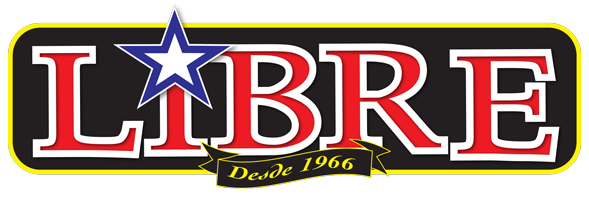


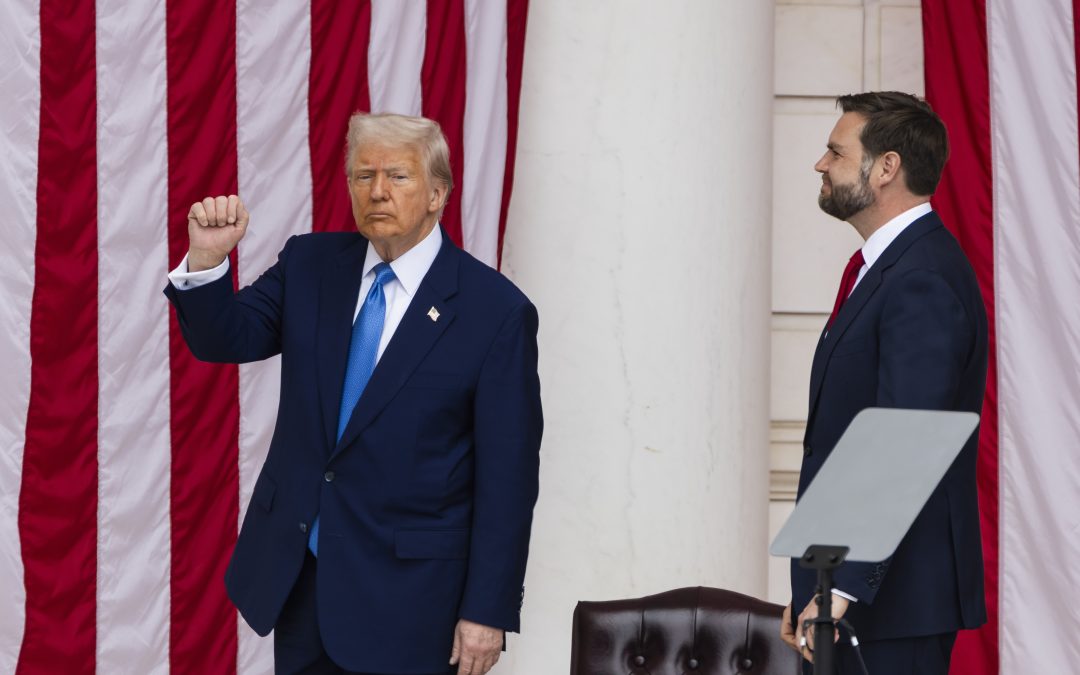
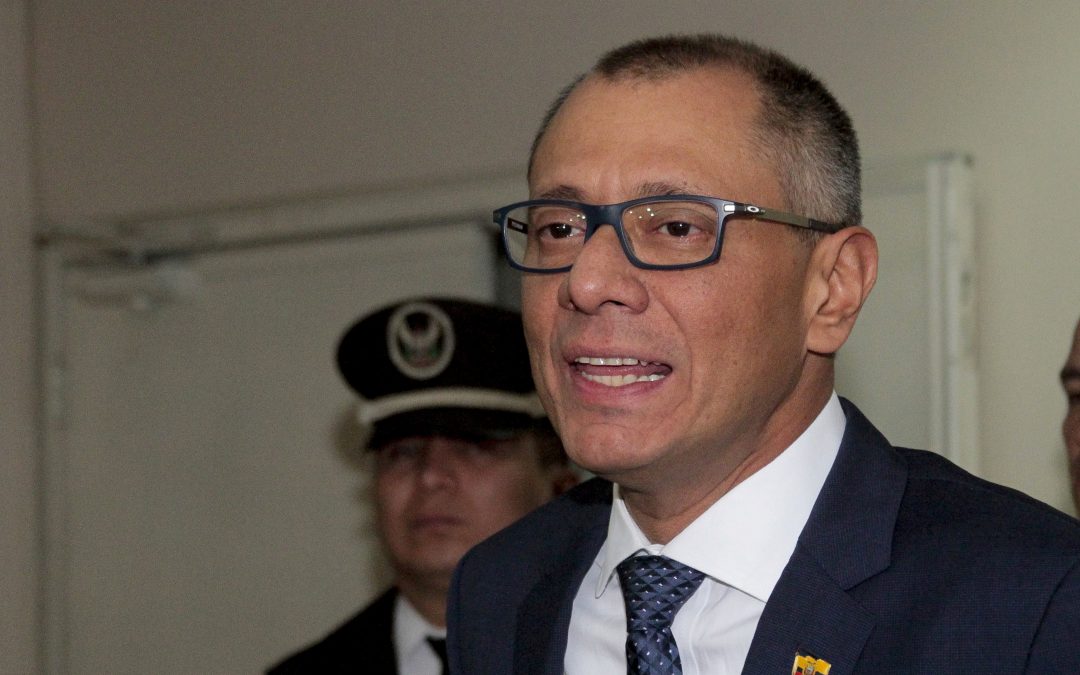
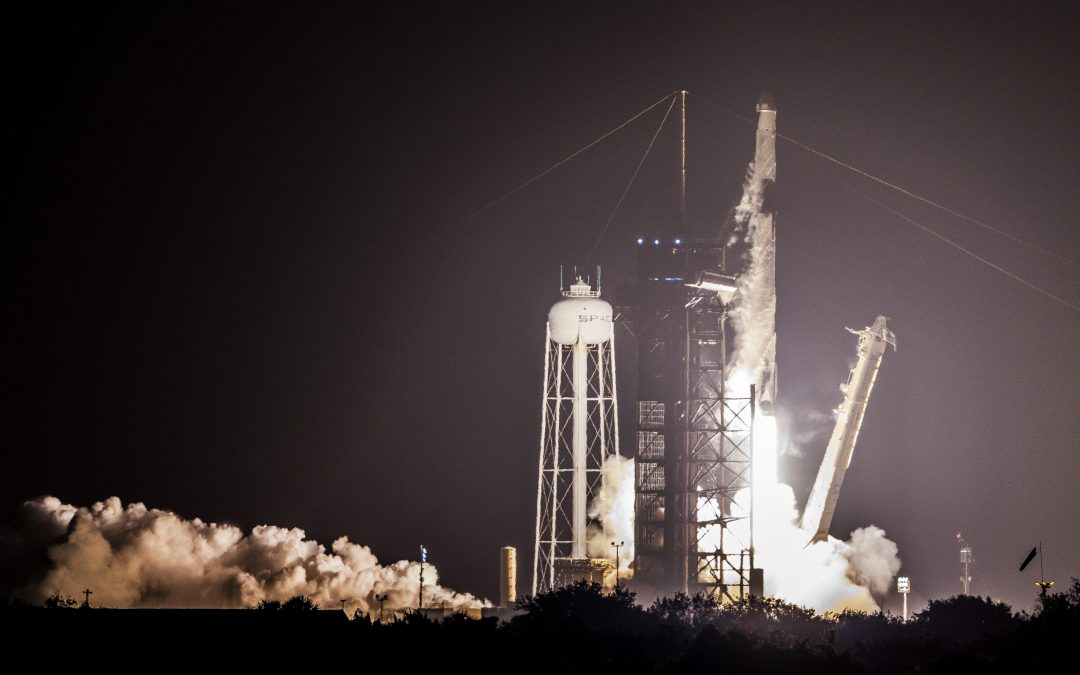
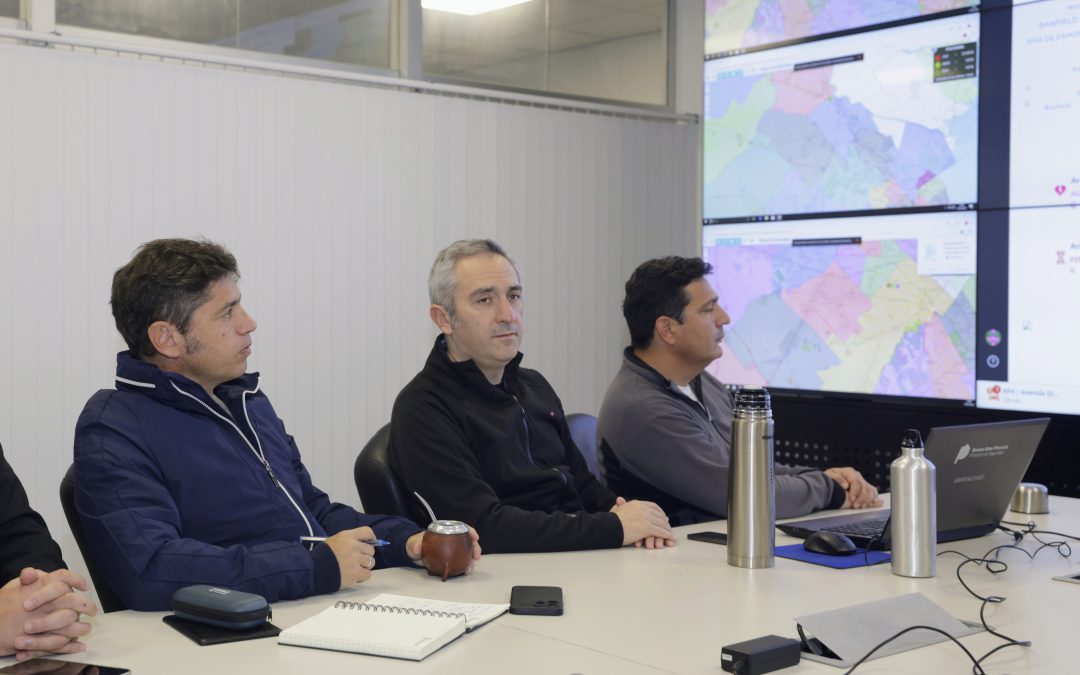

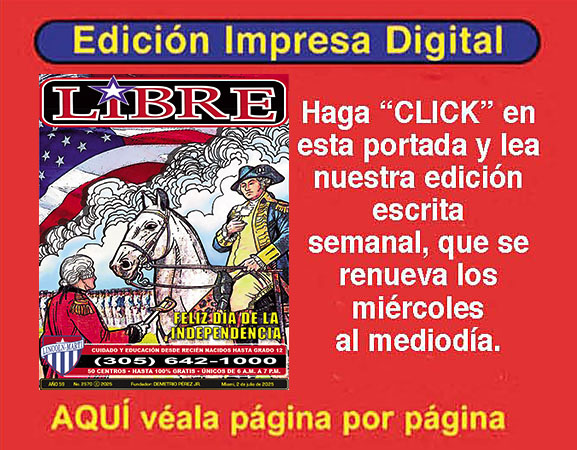

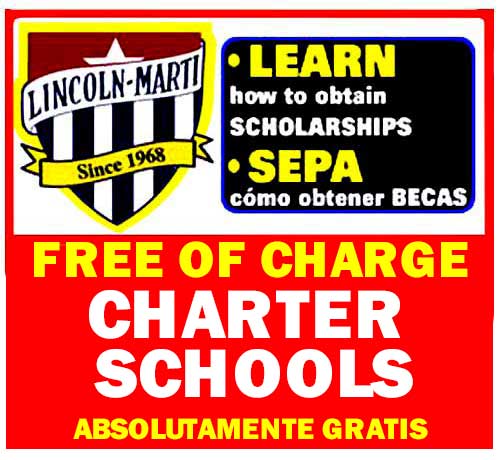

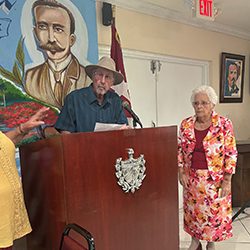

0 comentarios